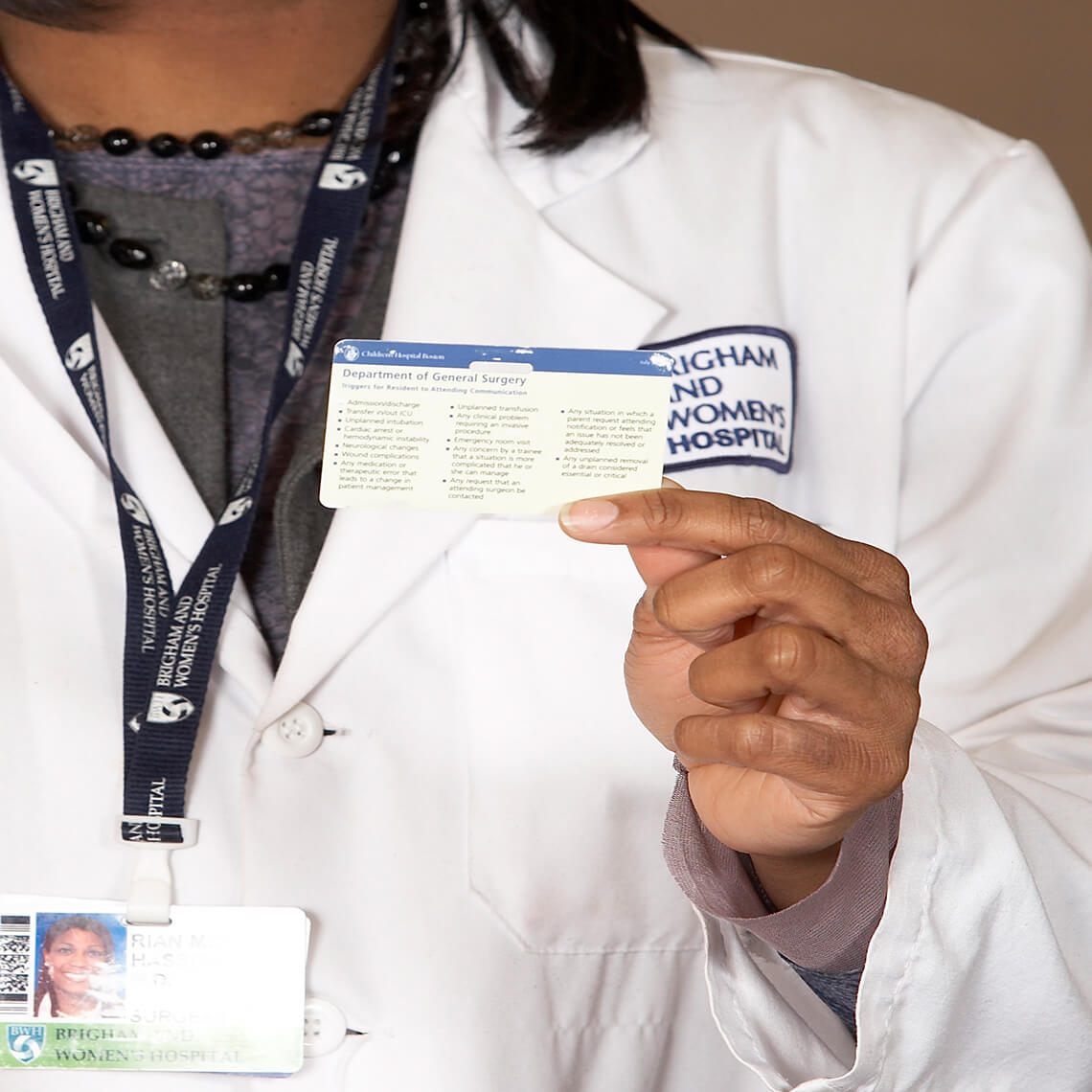Blog Post
Measuring the ROI of Patient Safety Programs

Analyses of the return on investment (ROI) of patient safety programs are a relative rarity. This is unfortunate, as such analyses would provide patient safety officers with data that could potentially resonate in the C-suite.
Although rare, research in this area does exist. Performing a literature review of economic studies performed on patient safety interventions, Jared Schmidek and William Weeks searched MEDLINE over a nearly 40-year period.1 They found 165 articles, 4.2 percent of which reported an ROI analysis. Likewise, Edward Etchells and colleagues searched MEDLINE between 2000 and November 2011 for economic analyses relating to a predefined set of patient safety areas and interventions.2 They identified only five methodologically sound comparative economic analyses, in which one patient safety intervention was compared to an alternative intervention or to usual care.
Discussing the calculation of the financial benefits of patient safety interventions, Schmidek and Weeks explain, “Incremental direct operating benefits include cost avoidance and increased productivity. Cost avoidance might accrue to the organization through reduction of length of stay or avoidance of lawsuits associated with adverse events.”1 This latter component of the potential financial benefits of patient safety interventions—avoiding malpractice claims—highlights the role of medical liability data in performing such ROI analyses. To that end, the Candello national database tool, which contains approximately 30% of all malpractice claims in the U.S., is an important tool that can be used in ROI analyses of this type.
The malpractice claims contained in Candello are coded by trained, experienced nurse-coders so that the contributing factors underlying the cases are defined according to a specific clinical taxonomy.
By systematically identifying contributing factors and other attributes of malpractice claims, it is then possible to map these claims to patient safety interventions that might have avoided or mitigated the adverse clinical event giving rise to the claim.
As an example, an institution might consider the ROI of a patient safety program in which specific triggers are developed to define when resident physicians must contact their supervising attending physician (such as when a patient deteriorates and requires transfer to the ICU).3 To provide tangible evidence in support of such a program, the Candello database can be searched for cases in which the contributing factors of failure to rescue and deficiencies in resident supervision were present. This provides a list of cases that might have been prevented by an initiative designed to ensure timely resident-attending communication. As the average indemnity payment in Candello is $330,000,4 preventing even one paid malpractice claim may yield a favorable ROI, though it is appropriate to perform a sensitivity analysis.
With its mission to promote patient safety, CRICO recognizes the importance of executing innovative patient safety initiatives. To encourage these initiatives, CRICO supports a robust grants program for CRICO member institutions to nurture early-stage patient safety programs. These programs have generated initial outcomes data, allowing patient safety officials to:
- demonstrate the program’s feasibility,
- perform analyses showing a positive ROI, and
- put the programs on the path to being sustainable and successful.
Understanding the ROI of patient safety interventions can help patient safety programs gain traction with hospital leadership and ensure that the program receives the resources that it requires.
References:
- Schmidek JM, Weeks WB. What do we know about financial returns on investments in patient safety? A literature review. Joint Commission Journal on Quality & Patient Safety. 2005;31(12):690-699.
- Etchells E, Koo M, Daneman N, et al. Comparative economic analyses of patient safety improvement strategies in acute care: a systematic review. BMJ Quality & Safety. 2012;21(6):448-456.
- ElBardissi AW, Regenbogen SE, Greenberg CC, et al. Communication practices on 4 Harvard surgical services: A surgical safety collaborative. Annals of Surgery. 2009;250(6):861-865.
- Candello. 2018 Candello Benchmarking Report, Medical Malpractice in America. Boston, MA; 2018.
Related Blog Posts
Investing in Patient Safety


Mind the Gaps: Learning How to Avoid Miscommunication Pitfalls
January Safety Salute | MedStar Health Creating a Just Culture

